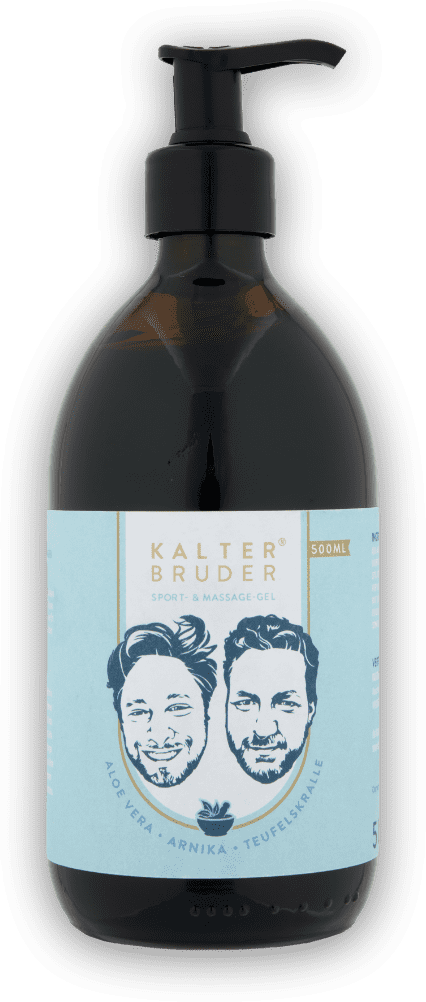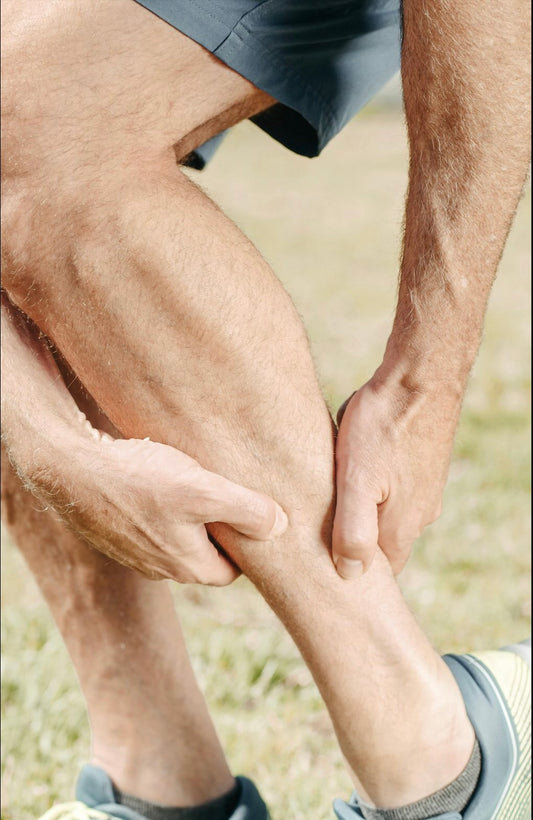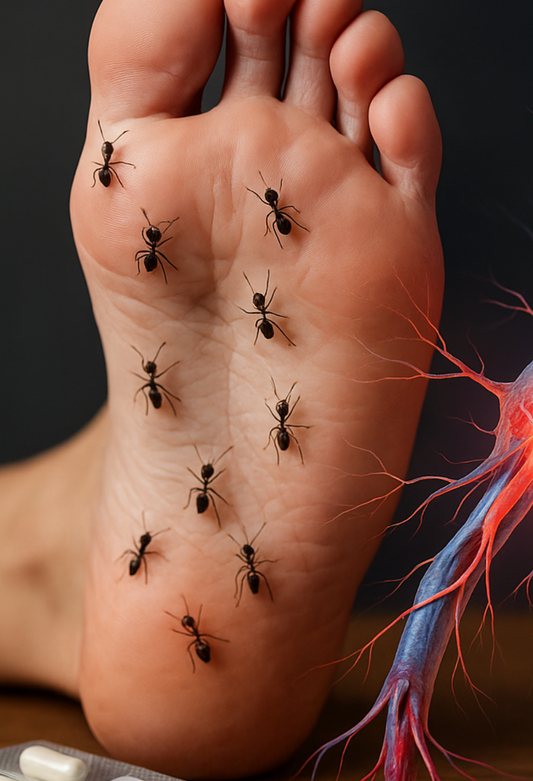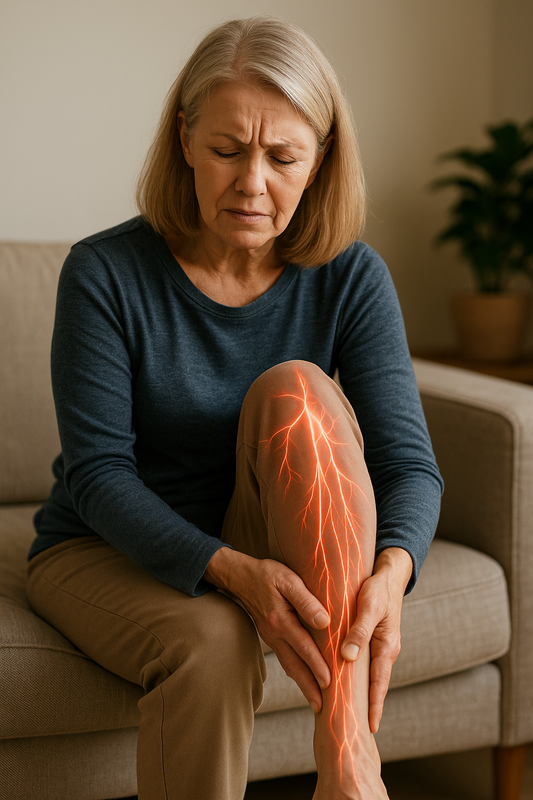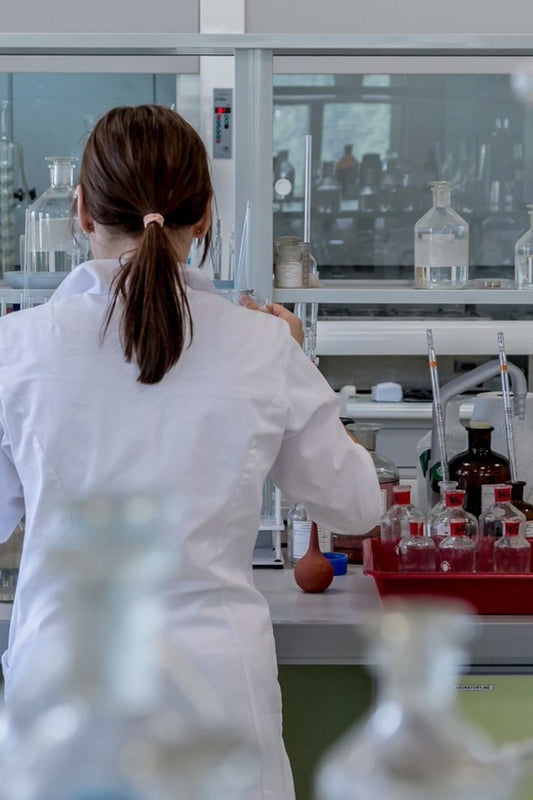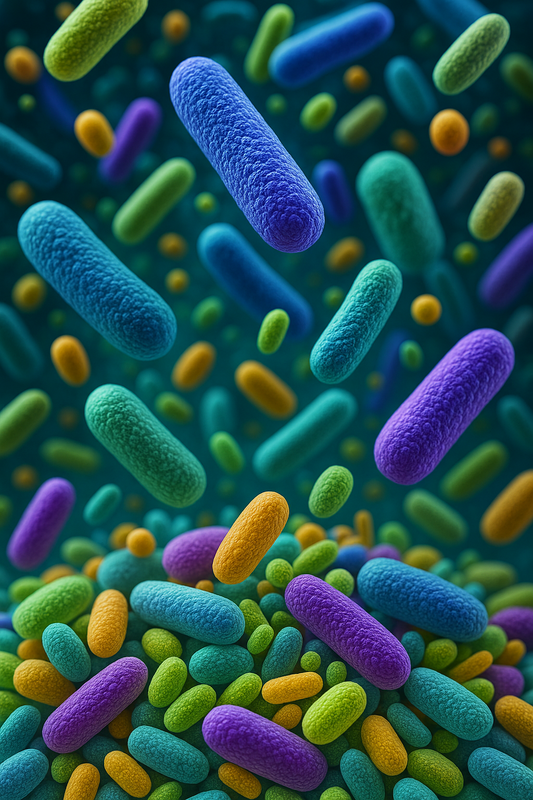Vitamin K2 – Protects bones and promotes bone health
A strong bone structure is the basis for an active and healthy life, and vitamin K2 plays a central role in this. It ensures that calcium gets to where it is needed - namely into the bones and not into the blood vessels. Through this targeted transport, vitamin K2 not only supports bone health, but also contributes to general vascular health. This article explains how vitamin K2 works in your body, which foods contain it, and how you can easily integrate it into your diet.
Why Vitamin K2 is Crucial for Bone Health
Vitamin K2 is essential for activating the protein osteocalcin, which stores calcium in the bones. Without K2, this calcium cannot be used effectively, which can affect bone density. K2 therefore helps to keep bones strong and stable and protects against osteoporosis and other bone-related diseases. In addition, it has a positive effect on the blood vessels by removing excess calcium from the arteries and thus preventing deposits and hardening in the blood vessels. Studies show that a sufficient supply of K2 reduces the risk of fractures and contributes to better cardiovascular health.
Natural Food Sources of Vitamin K2
Unlike many vitamins that are found primarily in plant-based foods, vitamin K2 is found primarily in fermented products and certain animal sources. Fermented soybeans (natto) and aged cheeses such as Gouda and Brie provide particularly high amounts. Vitamin K2 is also found in meat, eggs and sauerkraut, albeit in smaller amounts.
Here is a table with common foods rich in vitamin K2, as well as their content and the percentage of the recommended daily requirement:
| Groceries | vitamin K2 content per 100g | meeting daily needs |
|---|---|---|
| Natto (fermented soybeans) | 1000 µg | >100% |
| Aged Gouda | 70 µg | 70% |
| Brie | 50 µg | 50% |
| chicken liver | 20 µg | 20% |
| egg yolk | 15 µg | 15% |
| sauerkraut | 5 µg | 5% |
These foods provide a natural source of vitamin K2 and can be easily integrated into everyday life.
Simple tips for integrating vitamin K2 foods into your everyday life
It's not that difficult to consume K2-rich foods regularly. Here are some tips on how to easily incorporate them into your diet:
- Salads with cheese : Add a serving of aged cheese such as Gouda or Brie to a salad to increase the K2 content of your meal.
- Dishes with sauerkraut : Sauerkraut is a wonderful side dish and complements many dishes. It is especially good with stews or savory dishes.
- Egg dishes for breakfast : A breakfast with eggs, especially egg yolks, provides you with a daily K2 building block.
- Chicken liver pate : Chicken liver contains moderate amounts of K2 and can be made into a nutrient-rich snack, for example in the form of a pate.
By consciously including these foods in your diet, you ensure that you meet your vitamin K2 needs naturally.
Other benefits of vitamin K2 beyond bone health
Vitamin K2 not only plays an important role for the bones, but also supports general vascular health. Through the targeted transport of calcium, K2 protects the arteries from calcification, which reduces the risk of cardiovascular disease. The calcium stays in the bone tissue, which promotes bone stability and at the same time relieves the strain on the vessels. Studies show that a diet rich in K2 can lead to better heart health and fewer vascular diseases in the long term. This vitamin not only supports bone stability, but also has a preventive effect against vascular diseases.
Recipe ideas with foods rich in vitamin K2
For a varied diet, here are some ideas on how you can turn K2-rich foods into delicious dishes:
Recipe: Gouda salad with walnuts and apple
Ingredients:
- 50 g matured Gouda (cut into small cubes)
- 1 apple (diced)
- A handful of walnuts
- 100 g mixed salad
- 1 tablespoon olive oil
- 1 tablespoon balsamic vinegar
Preparation: Mix the salad with Gouda, apple pieces and walnuts. Serve with olive oil and balsamic vinegar. This combination provides you with K2 from the cheese and healthy fats for better absorption of the vitamin.
Recipe: Sauerkraut casserole with potatoes
Ingredients:
- 200 g sauerkraut
- 3 potatoes (sliced)
- 1 onion (diced)
- 1 tablespoon butter
- 100 g grated cheese (e.g. Gouda)
- salt and pepper
Preparation: Fry the potato slices and onion in butter, then place in a casserole dish with sauerkraut, sprinkle with cheese and bake for 20 minutes at 180 °C. This combination of sauerkraut and cheese gives you an extra portion of vitamin K2.
Conclusion
Vitamin K2 is a key nutrient for bone health and the cardiovascular system. By eating K2-rich foods such as aged cheese, natto and sauerkraut, you can effectively support your bone health. With a few adjustments to your diet, you can easily cover your daily K2 requirement while protecting your blood vessels. With a balanced diet that includes these foods, you will not only strengthen your bones in the long term, but also your general health.





